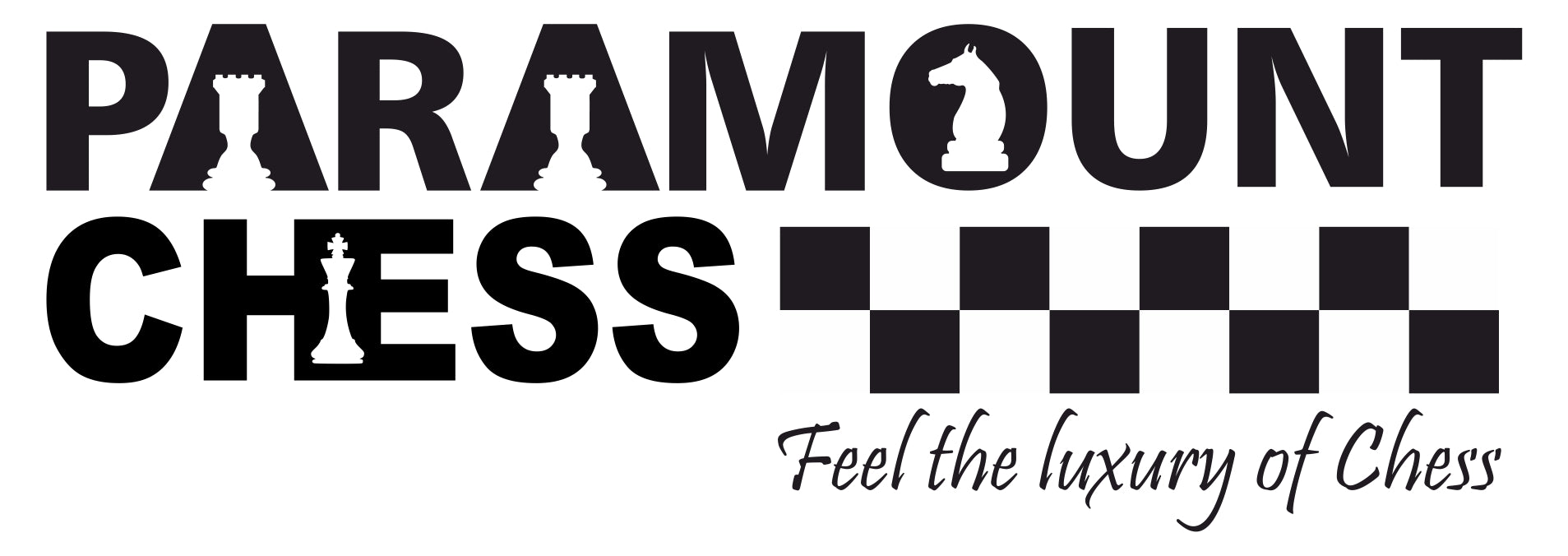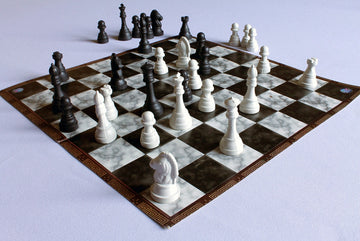

An ELO rating system is a method that is used for calculating the relative skills of players in a chess game. And derives itself after its creator Arpad Elo. Arpad was a Hungarian-American physics professor.
From its introduction in the year 1960, the ELO scheme quickly gained recognition is chess circles to be both an accurate and a more fair system of rating, as opposed to the Harkness system that was in use at the time.
ALSO, READ- https://www.paramountdealz.com/chess-titles/
HOW DOES THE ELO SYSTEM WORK?
The number which denotes the ELO Rating of a player, increases or decreases. This change depends on the outcome of the games that the players are playing. These players are the ones whose rating is under process. At the end of each game, the winning player takes a point from the losing player’s total tally.
The difference in rating post the varied outcomes serves as the predictor of the outcome of a subsequent match between the players.
WHO HAS MORE EXPECTATIONS?

When two players who have a difference in their rating are playing. That is the one with a higher rating and the one with a lower rating. The expectations to win are more with the player who has a higher rating when compared with the other player.
In such games to calculate the ELO Rating, following table can be used:
| RATING | WINNER | AMOUNT FROM TALLY OF LOOSER |
| HIGH | HIGHER | Smaller number |
| LOW | LOWER | Huge number |
| DRAW | Lower is given some points from Higher |
ARE THEY SELF CORRECTING?
Thus, the ELO rating system is more or less self-correcting, in a sense. The players who have a lower rating do considrably bettwe in the long run. This is true, till the rating reflects their true playing prowess.
And when the two players have equal ELO Ratings, then the expectation to win, are equal from both the players.
HOW TO IMPLEMENT THE ELO RATING?

Assuming that P1: probability of win of the player with rating 2
And P2: the probability of winning of the player with rating 1
Then,
P1 = (1.0 / (1.0 + pow(10, ((rating1 – rating2) / 400))));
P2 = (1.0 / (1.0 + pow(10, ((rating2 – rating1) / 400))));
Obviously here, P1+P2 = 1
The ratings are then calculated as-
Rating1 = rating1 + K*(Actual Score – Expected score);
Here,
K: a constant
Actual score: Either 0 or 1, depicting Win or Loss




